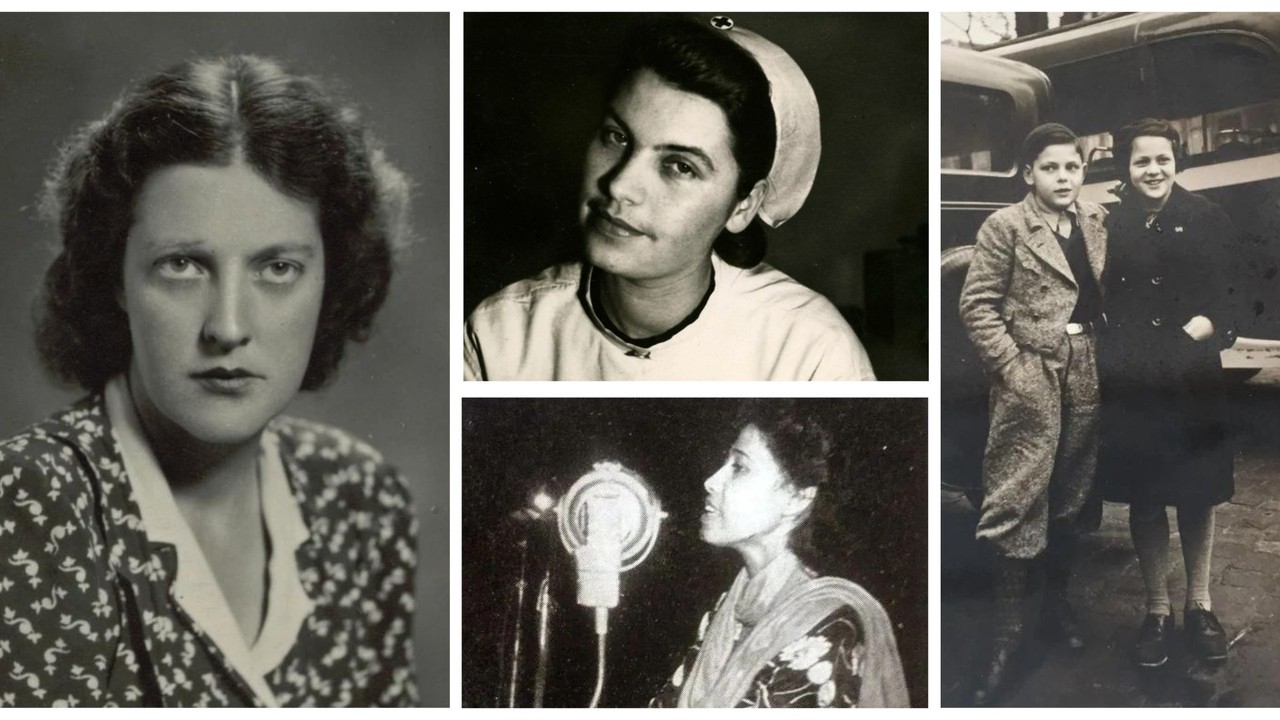Throughout the tumultuous years of World War II, women in occupied Europe and beyond rose up to fight oppression and tyranny with acts of courage and resilience. While history often focuses on male figures, the contributions of women were equally crucial, shaping the course of resistance. Here are the remarkable stories of some of these unsung women who played various roles in resistance movements during WWII in Italy, Poland, Germany, and the Netherlands.
Ada Buffulini - Italy
Ada Buffulini was born in Trieste in 1912. During her medical studies in Milan in the 1930s, she became a fervent anti-fascist. Her activism became more intense after meeting Lelio Basso, the Socialist Party secretary. In 1943, she was forced to go into hiding but was eventually caught by the fascists and sent to the Nazi camp in Bolzano. Despite the circumstances, Ada used her medical skills and knowledge of German to work in the camp infirmary while secretly organizing resistance activities. Despite suspicions from the SS guards, her clandestine activities went undetected. She stayed in the camp until its liberation in 1945. After the war, Ada continued her political activism in Milan and joined the National Association of Former Political Deportees from Nazi Camps.
Aleksandra Mianowska - Poland
Aleksandra Mianowska was a renowned Polish theatre actress who played a key role in the resistance movement during World War II. During the occupation, while working for the Polish Red Cross in Lublin and Kraków, she helped Polish soldiers reach the Polish Armed Forces in the West and provided assistance to Jews, earning the title of Righteous Among the Nations after the war. Mianowska's commitment to resistance came at great personal risk. The Gestapo arrested her in 1940, and she spent six weeks in Montelupich prison in Kraków where she wrote the "Montelupich Anthem" as a symbol of defiance. Following her release, she continued her charity work and resistance activities, collaborating with the clandestine Polish Council to Aid Jews 'Żegota' and helping soldiers. After the war, she worked in Kraków and lectured at Jagiellonian University.
Marga Grunberg – Germany/Netherlands
Marga Grunberg was a Jewish refugee who fled from Germany to the Netherlands in 1934 to escape anti-Semitic persecution. However, when the Netherlands fell under Nazi occupation in 1940, Grunberg faced escalating discrimination and persecution. Through Piet Landweer, head of the Amsterdam Registry Office, she received a false identity card. Later on, Piet Landweer and Marga started working together to help more people. Piet created false identity cards by using deceased Amsterdam residents' personal details. The resistance attack on the Amsterdam Registry Office in March 1943 made it a bit easier for them to forge documents in the chaos that ensued. Marga's responsibility was to distribute the counterfeit papers, find hiding places for those in need, and provide them with ration coupons. In their apartment in Amsterdam, Marga and her brother, Manfred, provided shelter to those in hiding and helped them escape to France. Marga survived the war, but Piet Landweer was arrested and executed along with five of his colleagues in the summer of 1944.
Evy Poetiray - Netherlands
In 1937, Evy Poetiray, a 19-year-old Indonesian, came to the Netherlands to study. Three years later, Nazi Germany occupied the Netherlands. While being a member of the student association Perhimpoenan Indonesia (PI), which was in favour of Indonesian independence and opposed Dutch colonial rule, Evy resisted the Nazi regime. She helped people in hiding and distributed resistance newspapers.
After the liberation of the Netherlands, Evy dedicated herself to Indonesian independence. She was disappointed when the Netherlands did not recognise Indonesia's independence after the Second World War and started a war to regain control over its colony. However, under international pressure, the Netherlands recognised Indonesia's independence in 1949 after four years of war.
